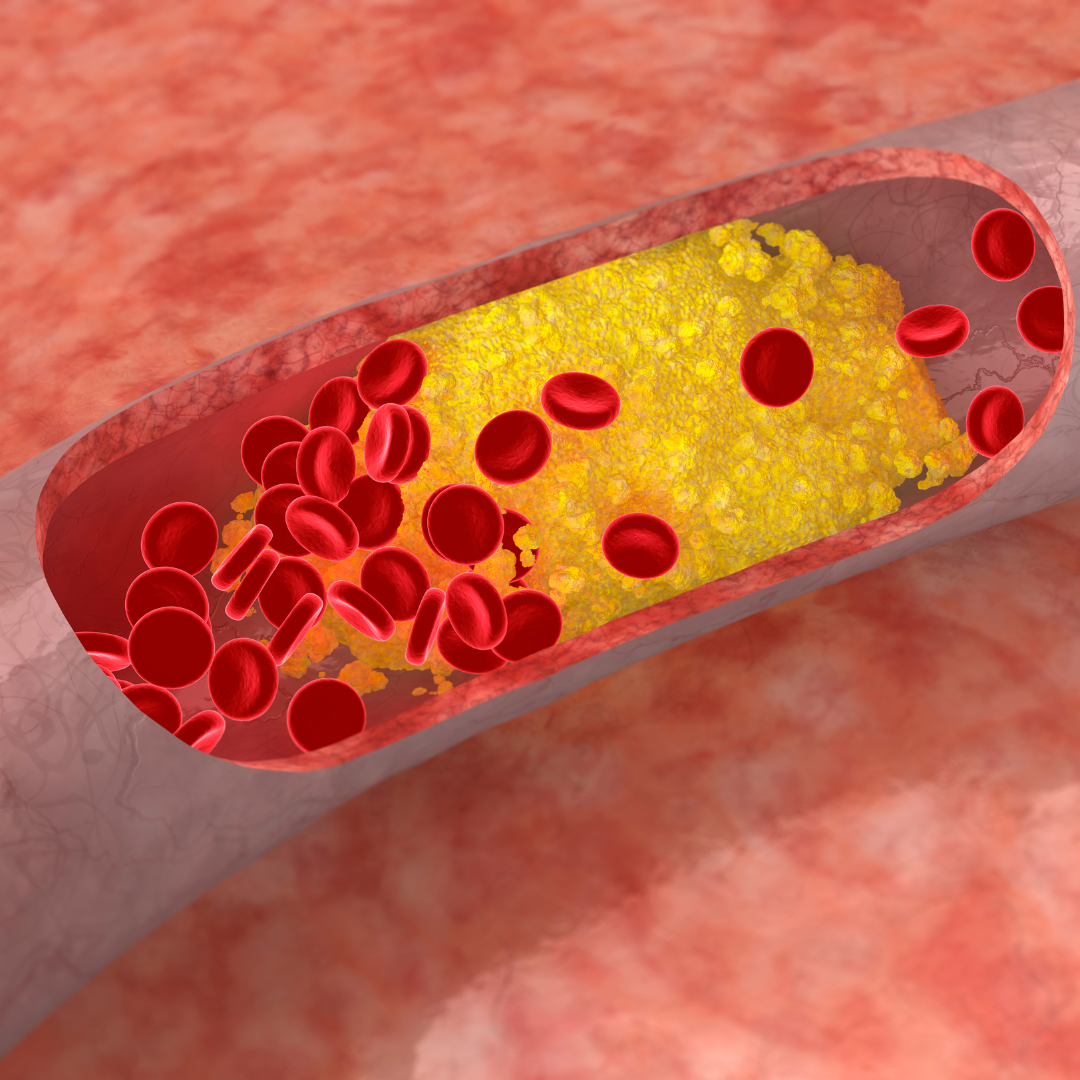
Bleeding in Menopause
There are many reasons for unscheduled bleeding in perimenopause and menopause, and getting an answer to what’s causing the issue for you is really important. Some things are very easily identified and treated, others require more investigation and management. Speaking to your doctor will help identify the cause, and ensure the right treatment plan.
Postmenopausal bleeding isn’t usually serious, but can be a sign of cancer. Hence seeking help early on is really important, as cancer is easier to treat if it’s found early. It’s worth noting that 9 out of 10 women with postmenopausal bleeding don’t have cancer.
Key points to remember
- Menopause is confirmed after 12 months after your last period, and any bleeding or spotting after this time is officially known as postmenopausal bleeding, and should be investigated under current NHS guidelines.
- When detected early, most causes of postmenopausal bleeding can be successfully treated, including cancer.
- Causes of postmenopausal bleeding can range from vaginal dryness and polyps, to fibroids and sometimes uterine or cervical cancer, so early investigation is really important.
- HRT can also trigger unscheduled bleeding either as an initial side effect while the body adjusts to a new or change to HRT regime, or as an indication that the HRT regime may not be quite right and need adjusting.
- Bleeding with HRT is very common, and is not an indication that HRT isn’t suitable for you. In the majority of cases HRT regimes and dosage can be modified to manage bleeding. There is no one size fits all with HRT.
- Where postmenopausal bleeding is linked to cancer, treatment plans will be put in place, generally with a high success rate – particularly for cases identified early.
- Investigations for postmenopausal bleeding can include blood tests, swabs, internal examinations, smears, ultrasound examinations and hysteroscopy. Investigations are often performed as part of outpatient clinics, but can also sometimes involve in patient procedures.
- Hysteroscopy can and should be performed under general anaesthesia where required.
- Treatments for postmenopausal bleeding will vary, depending on the cause. For example, vaginal dryness caused by thinning of the tissues can be treated with low dose topical oestrogen. Other causes may require surgical procedures such as removal of polyps or fibroids. Adjustments to HRT, where required, can also be made.
Useful links
NHS| Postmenopausal bleeding
Women’s Health Concern Factsheet | Vaginal dryness
Royal College of Obstetricians and Gynaecologists | Postmenopausal bleeding
Royal College of Obstetricians and Gynaecologists | Outpatient hysteroscopy
www.harleystathome.com | Instagram @harleystreetathomemenopause
Facebook: Search Harley Street at Home: Diagnosis, Symptoms & Treatments or Harley St at Home: Lifestyle, Self-Care and Lifestyle to join our private community



